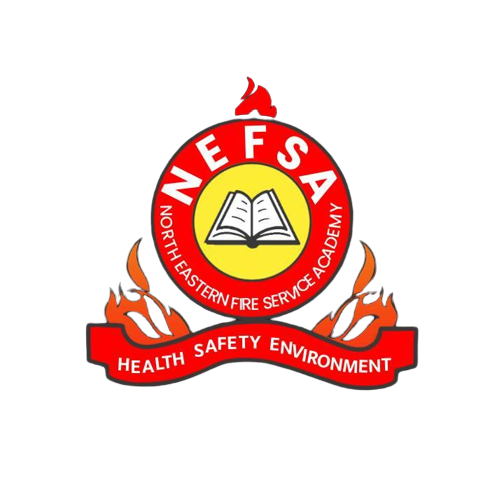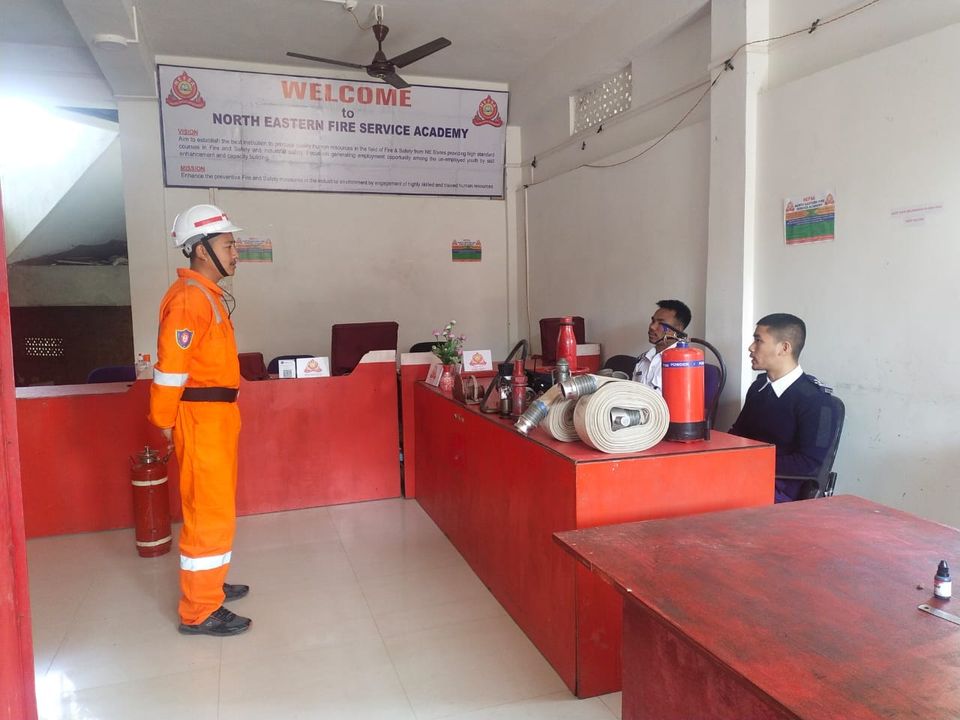n today’s world, fire safety isn’t just a skill—it’s a life-saving discipline. At NEFSA Fire Academy, students are trained to be frontline defenders against fire-related hazards. Whether you’re aspiring to become a firefighter, safety officer, or emergency responder, understanding the core principles of fire safety is critical. Here’s a breakdown of the fire safety fundamentals every NEFSA student must master.
1. Understanding the Fire Triangle
The first lesson in fire safety is understanding the fire triangle—Heat, Fuel, and Oxygen. Removing any one of these elements can extinguish a fire. NEFSA students are taught how to analyze fire causes and apply this knowledge during real-life situations.
2. Types of Fires and Extinguishers
Knowing the classes of fire (A, B, C, D, and K) and the correct extinguisher to use is a vital skill:
-
Class A: Ordinary combustibles like wood, paper
-
Class B: Flammable liquids
-
Class C: Electrical fires
-
Class D: Combustible metals
-
Class K: Cooking oils and fats
At NEFSA, students gain hands-on experience in using different types of fire extinguishers safely and effectively.
3. Evacuation and Emergency Procedures
Evacuation isn’t just about running to safety. NEFSA trains students on:
-
Emergency exit planning
-
Crowd management
-
Assisting vulnerable individuals
-
Coordination with emergency response teams
These skills are essential for managing fire incidents in residential, commercial, and industrial environments.
4. Fire Prevention Techniques
Prevention is the most effective strategy. Students are educated on:
-
Identifying fire hazards
-
Safe storage of flammable materials
-
Electrical safety
-
Workplace fire safety audits
NEFSA ensures its students can conduct fire risk assessments confidently.
5. Personal Protective Equipment (PPE)
Proper use of PPE like fire-resistant clothing, gloves, boots, and helmets is crucial. NEFSA emphasizes the correct usage, maintenance, and limitations of PPE to protect students during training and real emergencies.
6. Fire Detection and Alarm Systems
Modern fire safety involves advanced technology. NEFSA students learn:
-
Installation and inspection of fire alarms
-
Types of detectors (smoke, heat, flame)
-
Integration of detection systems with emergency protocols
This technical knowledge adds great value to a student’s fire safety career.
7. Firefighting Equipment and Techniques
From fire hoses to breathing apparatus, NEFSA students train with real firefighting tools. They are taught:
-
Basic firefighting tactics
-
Water and foam application
-
Search and rescue procedures
Simulated drills prepare them for high-pressure, real-life rescue scenarios.
8. First Aid and CPR Training
In fire emergencies, first aid and CPR can save lives before help arrives. NEFSA ensures every student is certified and confident in delivering immediate care.
9. Legal and Regulatory Framework
Understanding fire safety laws, building codes, and workplace compliance is essential. NEFSA offers sessions on:
-
National Building Code (NBC)
-
Fire Services Act
-
Occupational Health and Safety standards
This helps students prepare for roles in inspection, auditing, and safety compliance.
10. Real-World Scenario Drills
Lastly, NEFSA gives students the advantage of live fire drills and simulations. These practical sessions enhance reflexes, decision-making, and teamwork during emergencies.
Why Choose NEFSA for Fire Safety Training?
NEFSA isn’t just a training institute—it’s a launchpad for your fire and safety career. With state-of-the-art facilities, expert trainers, and real-world exposure, NEFSA equips students with the knowledge and confidence to make a difference.







